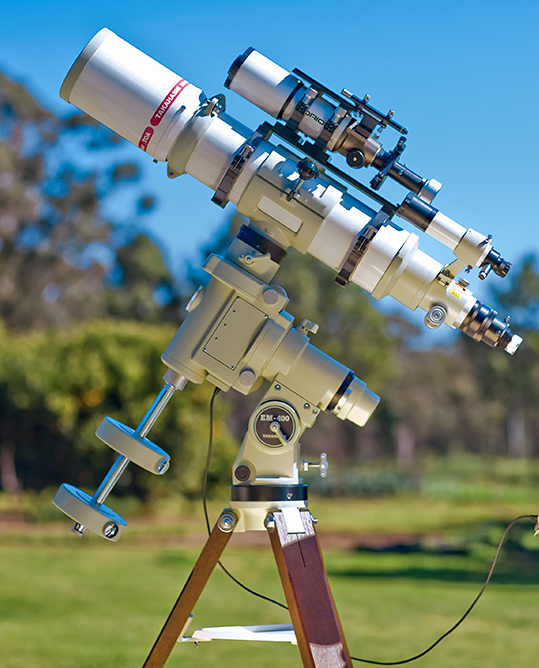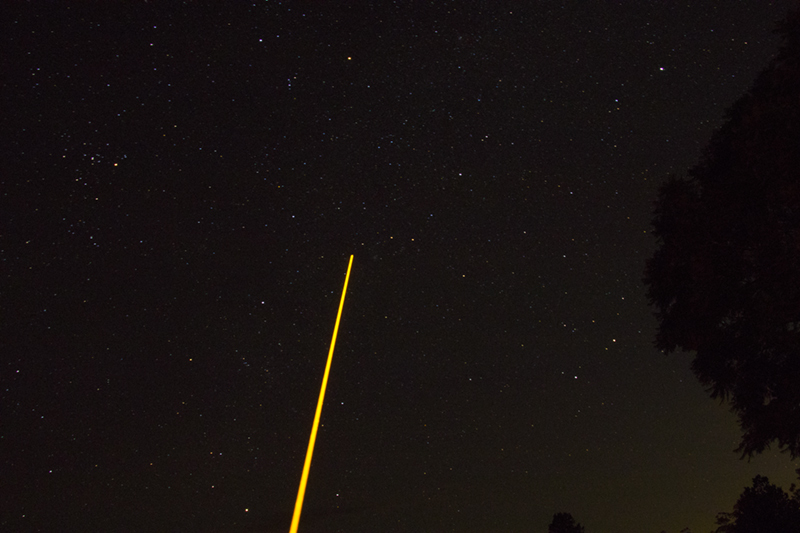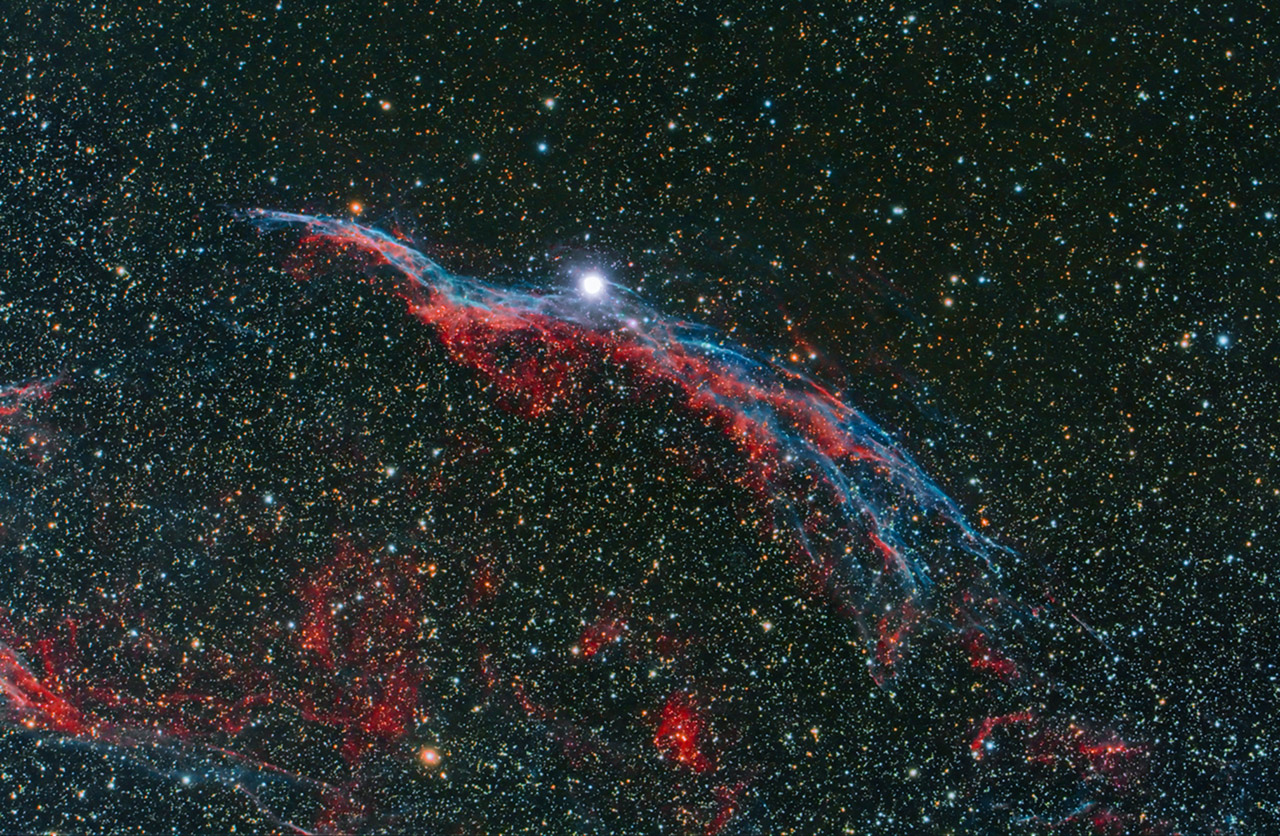Rokakku
0
- Joined
- Aug 1, 2011
- Messages
- 86
- Points
- 18

Powerful beams make sodium particles in the mesosphere glow creating an artificial star for the computers to lock on to. It gives them a much wider field of view. These lasers are about 22W 589.2nm which makes me wince thinking about how much just one would cost, let alone four on one telescope.
They are so beautiful but so dangerous to an eye. When using them they have to arrange no fly zones. I'd imagine any plane hit by one would fare as well as that laser that zaps mosquito's out the sky. But seriously, how amazing is that! Do you think if I ask nicely jayrob or Podo could make me a pocket one heh. Just kidding. But it makes you think how long it's take for such power to be available in pocket form. If you think of the first computers in the 50's the size of a truck and now the raspberry pie. Even so it'd be extremely illegal to own one like that even if they could. :beer:
Useful links:
https://www.youtube.com/watch?v=h-fQp3uomKc&user=Kowch737
https://en.wikipedia.org/wiki/Laser_guide_star
More pics:


Last edited:






